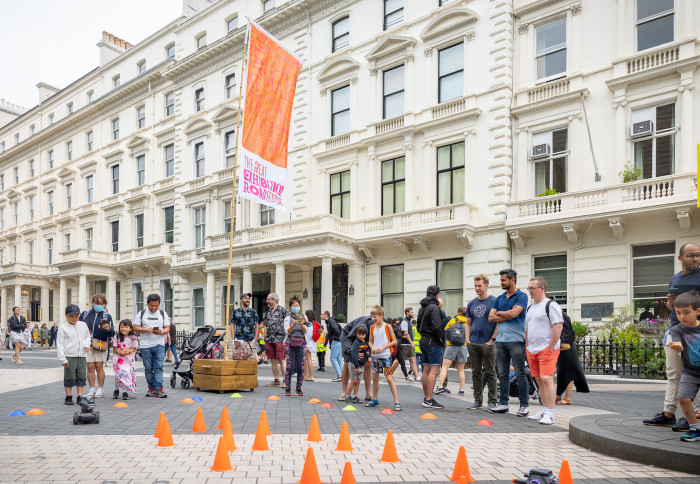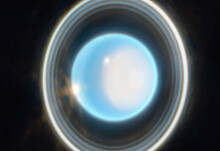

Life Sciences staff and students gathered to deliver a packed programme of events at the annual Great Exhibition Road Festival in South Kensington.
The weekend-long free celebration of science and the arts delivered a unique experience with a variety of exciting events. As well as Imperial, partners included the Science Museum, Natural History Museum, V&A and Royal College of Music.
Insect pollinators
Dr Richard Gill and Dr Peter Graystock ran the BEES stall, where families could discover more about bees and other insect pollinators. With just over 1,000 visitors to the stall, the public learnt about the benefits bees provide in putting food on our plates, their ecology, including their diversity and how they live and how Imperial’s research can educate about the risks posed. The public also found out how they can help with safeguarding by making wildflower seed balls for planting at home and getting involved in the Big Bumblebee and Butterfly counts.
Dr Gill said: “It was amazing to see the visitors’ surprised faces on seeing live bumblebee colonies, and realising how they live in nature. The kids loved making the seed balls to take home, and families were fascinated with our research. It’s really nice to teach the public the importance of bees and butterflies, and how they can help them in their own gardens and balconies.”
Build a Bug!
Dr Joanne Benton and Dr Alice Banks provided a Build a Bug workshop, where MIPLACE joined forces with a team from the NIHR Health Protection Research Unit in Healthcare Associated Infections and Antimicrobial Resistance to show families with young children how microbes can be ‘helpful’ by tackling plastic waste or ‘unhelpful’ by being resistant to antibiotics. Children had fun building a bug out of craft materials as well as learning about microbes.
We were delighted to be part of this special event that showcased a vast array of amazing scientific and arts activities to the wider community Dr Joanne Benton
Dr Benton said: “We were delighted to share our research into the microbial breakdown and upcycling of plastic waste with so many families and at the same time be part of this special event that showcased a vast array of amazing scientific and arts activities to the wider community.
Involving the public in science not only allows them to learn about current research but also creates an opportunity for them to share their views on, and in some cases, contribute to the research. It is also an important way of igniting an interest in science in the younger generations which hopefully they will take forward into the future.”
Meanwhile the Luis and Lo Celso groups were in the family zone running a stand called Playing with Blood Cells, and there were many more from Life Sciences collaborating at this spectacular event.
Article text (excluding photos or graphics) © Imperial College London.
Photos and graphics subject to third party copyright used with permission or © Imperial College London.
Reporter
Emily Govan
Department of Life Sciences



